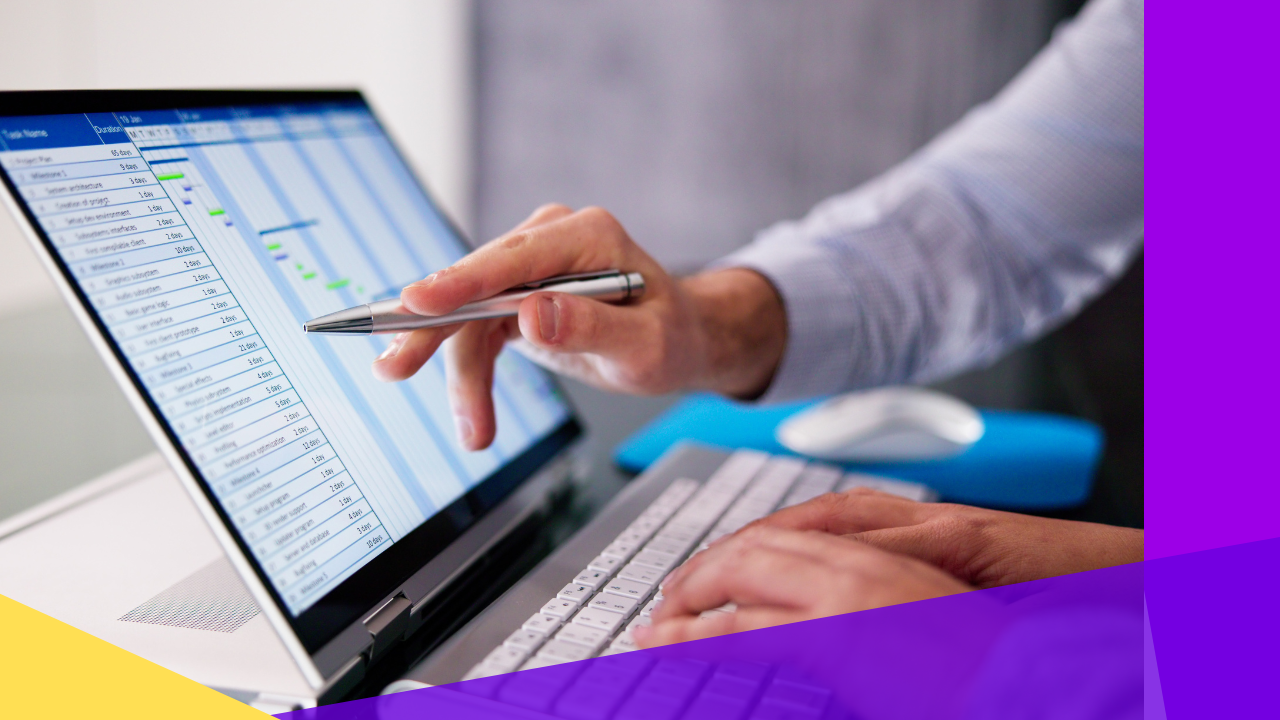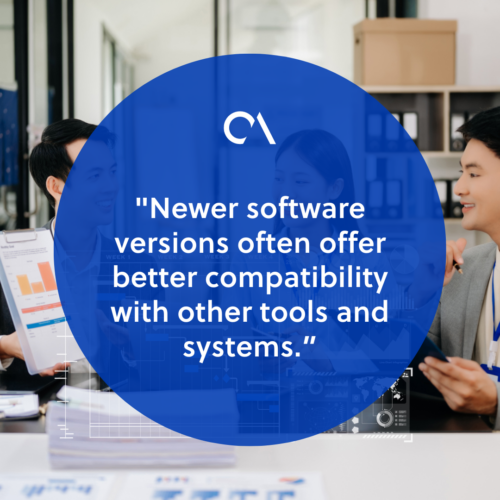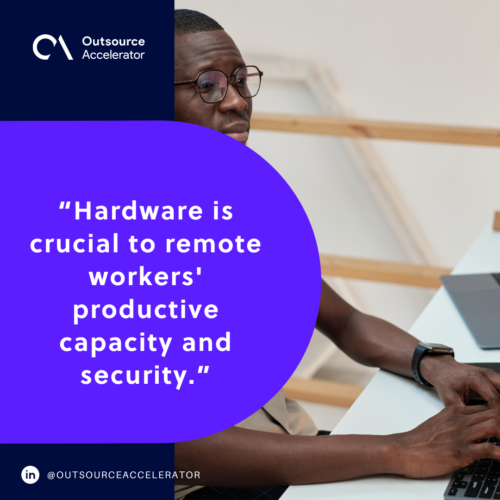8 practical ways to keep remote IT assets updated

This article is a submission by Hummingbird International, LLC. Hummingbird International, LLC is a trusted partner in ethical e-waste recycling in Pennsylvania, proudly serving clients across the region, including New Jersey, New York, and Washington.
Remote work has become more than a trend—it’s a necessity. As companies welcome this shift, making sure that remote worker IT assets stay current is paramount for maintaining productivity, security, and efficiency.
In this guide, we’ll explore practical strategies to keep remote IT assets up-to-date, guaranteeing smooth operations and safeguarding sensitive information.
Importance of up-to-date remote IT assets
Before delving into strategies, let’s understand why it’s important to keep workers’ remote IT assets current:
Security
Outdated software and hardware are vulnerable to cyber threats. Regular updates patch security vulnerabilities, reducing the risk of data breaches and cyberattacks.
Performance
Updated systems and software include performance enhancements. These improve remote worker efficiency and allow managers to oversee and monitor remote workers better.
Compliance
Many industries have strict compliance regulations regarding data security and privacy. Keeping IT assets up-to-date helps businesses meet regulatory requirements.
Compatibility
Newer software versions often offer better compatibility with other tools and systems. They help uphold continuous collaboration among remote teams.
8 strategies to ensure remote IT assets stay current
Here are eight practical strategies to keep remote IT assets optimized:
1. Guard laptop and IT asset disposal
When remote worker IT assets reach the end of their lifecycle, they must be disposed of securely to prevent data breaches and environmental harm.
Partner with reputable IT asset disposal companies that follow rigorous industry standards for data sanitization and environmentally friendly disposal practices.
Secure laptop and IT asset disposal ensures that sensitive data is permanently erased and that hardware is recycled responsibly.
2. Implement a centralized asset management system
A centralized asset management system allows businesses to track and manage IT assets effectively. It enables IT teams to:
- Monitor the status of remote worker devices
- Schedule updates
- Ensure compliance with company policies
Using cloud-based asset management platforms streamlines this process, providing real-time insights into asset status and facilitating remote updates.
3. Establish clear update policies and procedures
Developing clear update policies and procedures is essential for remote workers to understand their responsibilities regarding IT asset maintenance.
Communicate the significance of regular updates, outline the update process, and deliver guidelines for scheduling updates to minimize disruption to remote work.
Check out the following policies and procedures to have an idea for establishing the methodology for your company:
Asset tracking
Asset tracking is a process that involves keeping an inventory of all IT assets and their status, including software versions and update schedules.
In other words, companies should use asset-tracking solutions like “cloud-based asset management” to monitor remote IT assets in real-time.
These are three famous remote IT asset management tools:
1. Reftab
It’s asset management software for IT and AV. Owing to its seamless tracking capabilities, Reftab is known as an “all-encompassing customizable platform” for IT asset management.
2. GoCodes
GoCodes is cloud-based asset-tracking software that leverages the power of a vast network of remote servers. It’s particularly ideal for construction, schools, and, of course, IT office tracking.
3. Asset Panda
This tool has a unified asset knowledge base and equipment audits. It’s easy to use and helps you determine inadequacies with regard to IT asset inventory.
Remote monitoring
The procedure of remote monitoring takes care of the health, performance, and security of IT assets.
Besides that, remote monitoring looks after data analysis and insights, meaning that the data collected from remote assets is transmitted to a central monitoring system (CMS).
The number of remote workers is increasing, and the primary advantage of remote monitoring is scalability. Remote monitoring tools effortlessly scale to manage additional assets without a proportional increase in IT support staff.
4. Automate update processes where possible
Automation extensively modernizes the update process for remote IT assets. Employ automated update mechanisms for operating systems, software applications, and security patches.
Schedule updates during off-peak hours to decrease disruption and ensure that remote workers can continue their tasks uninterrupted.
5. Provide remote support and training
Remote workers may face challenges when updating IT assets, especially if they’re not tech-savvy. Offer comprehensive remote support services to assist with troubleshooting and resolving update-related issues without delay.
Additionally, training sessions or resources should be conducted to educate remote workers on the seriousness of updates and how to perform them accurately.
6. Regularly assess and upgrade hardware
Hardware is crucial to remote workers’ productive capacity and security. Frequently assess the performance and condition of remote worker devices. Upgrade hardware components as needed to ensure optimal performance and security.
You should also consider executing a hardware refresh cycle to replace outdated devices with newer models.
7. Enforce security measures
Remote IT assets are typically more susceptible to security threats due to the lack of physical security measures found in traditional office environments.
Enforce strict security measures, such as multi-factor authentication, encryption, and endpoint protection software, to protect remote worker devices and data from cyber threats.
8. Use Virtual Private Networks (VPNs)
Virtual Private Networks (VPNs) are essential tools for maintaining the security and currency of IT assets for remote workers. Here’s why they’re important:
Secure connection
VPNs create a secure tunnel between the remote worker’s device and the company’s network. This encrypted connection protects data from being intercepted by unauthorized parties.
Remote access
VPNs allow remote workers to securely access internal company resources, such as databases and file servers as if they were connected directly to the company’s network.
Protection of public Wi-Fi
VPNs are particularly important when remote workers use public Wi-Fi networks, which are often unsecured. The VPN warrants that sensitive work-related data remains confidential.
Cybersecurity
By encrypting network traffic, VPNs protect the company’s digital assets against potential cybersecurity threats, making it difficult for cybercriminals to exploit vulnerabilities in outdated software or hardware.
Securing your remote IT assets
In an increasingly remote work-driven world, maintaining up-to-date IT assets for remote workers is essential for security, productivity, and compliance.
If you administer these practical strategies, you’ll certainly affirm that your remote IT assets remain fresh and, at the same time, contribute to a rich remote work experience.
Prioritize IT asset maintenance so that your business can empower remote workers to thrive in today’s digital landscape.








 Independent
Independent




